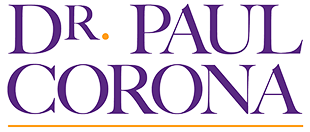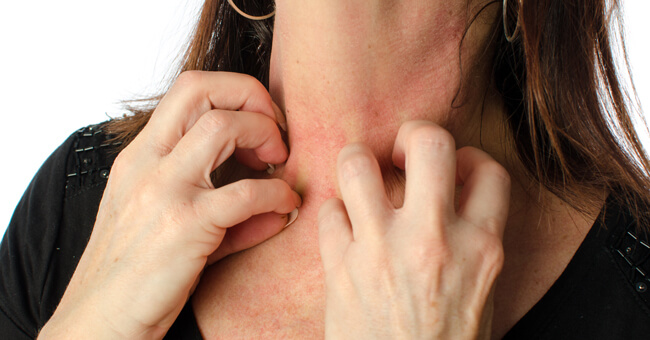in my recent blog, I discussed the typical symptoms of ADD/ADHD, so please read the last blog if you have not already done so.
ADD and ADHD can be a frustrating problem to have since it can be perceived as laziness and not trying hard enough, and so it may not be taken seriously. Some doubt that it is a real medical problem ad believe that it can be beaten by positive thinking and hard work or trying harder. Parents may think, “I was able to make it, so you can pick yourself up by your boot straps and do it too.” Some feel that it is a newfangled made-up diagnosis, that it is not real like other medical problems since there is no blood test or scan to diagnose it. Some parents don’t feel comfortable with putting their kids on medications. There are a lot of misconceptions and lack of knowledge about this topic, as well as all other conditions that I treat.
There are many ADD and ADHD treatments, such as changes in the classroom and teaching style, having the kid sit at the front of the class room, giving extra time for tests, and sitting them in a quieter area away from the rest of the class. There are non-medication options, such as biofeedback and other treatments, but they can be time consuming, expensive, and may not work very well. For adults at work, being in a quiet area with minimal distractions can help, as well as having some one else, such as a secretary organizing the schedule and keeping the person on track.
ADD and ADHD treatments also include medications, and are generally safe and well tolerated. Stimulants are the gold standard, and they work by stimulating the chemicals in the nervous system forward so that they connect more quickly and efficiently. Adderall, Concerta, Ritlain, Vyvanse, Metadate, and Daytrana Patch are among the several medications in this class. Some don’t tolerate them well, with side effects such as jitteriness, fatigue, loss of appetite, insomnia, and apathy/ flattening of personality. These can be minimized if they are dosed starting low and titrating slowly.
There are also non-stimulant options, such as Strattra and Intuniv. I also often use medications that are normally given for anxiety and depression, such as Pristiq, Effexor XR, Cymbalta, and Welbutrin XL. Norepinephorine and dopamine are the two key chemicals that imbalance in the nervous system leading to ADD, and most of the non-stimulants work by blocking the abormal re-uptake at one or both of these sites on the nerve cells.
ADD often co-exists with anxiety, depression, bipolar disorder, and other mood disorders, so I often combine stimulants and non-stimulants together, which inhance mood, energy, motivation, and decrease stress and restore the person’s underlying personality. The stimulants increase the water pressure in the pipes, while the non-stimulants fix the leaks on the faucets, so they can work in a symbiotic fashion.
If you suspect yourself, a family member, or friend of having ADD, call my office if you have any questions or would like an appointment. Let me know if you would like me to discuss any particular topics on future blogs. Bye for now…



